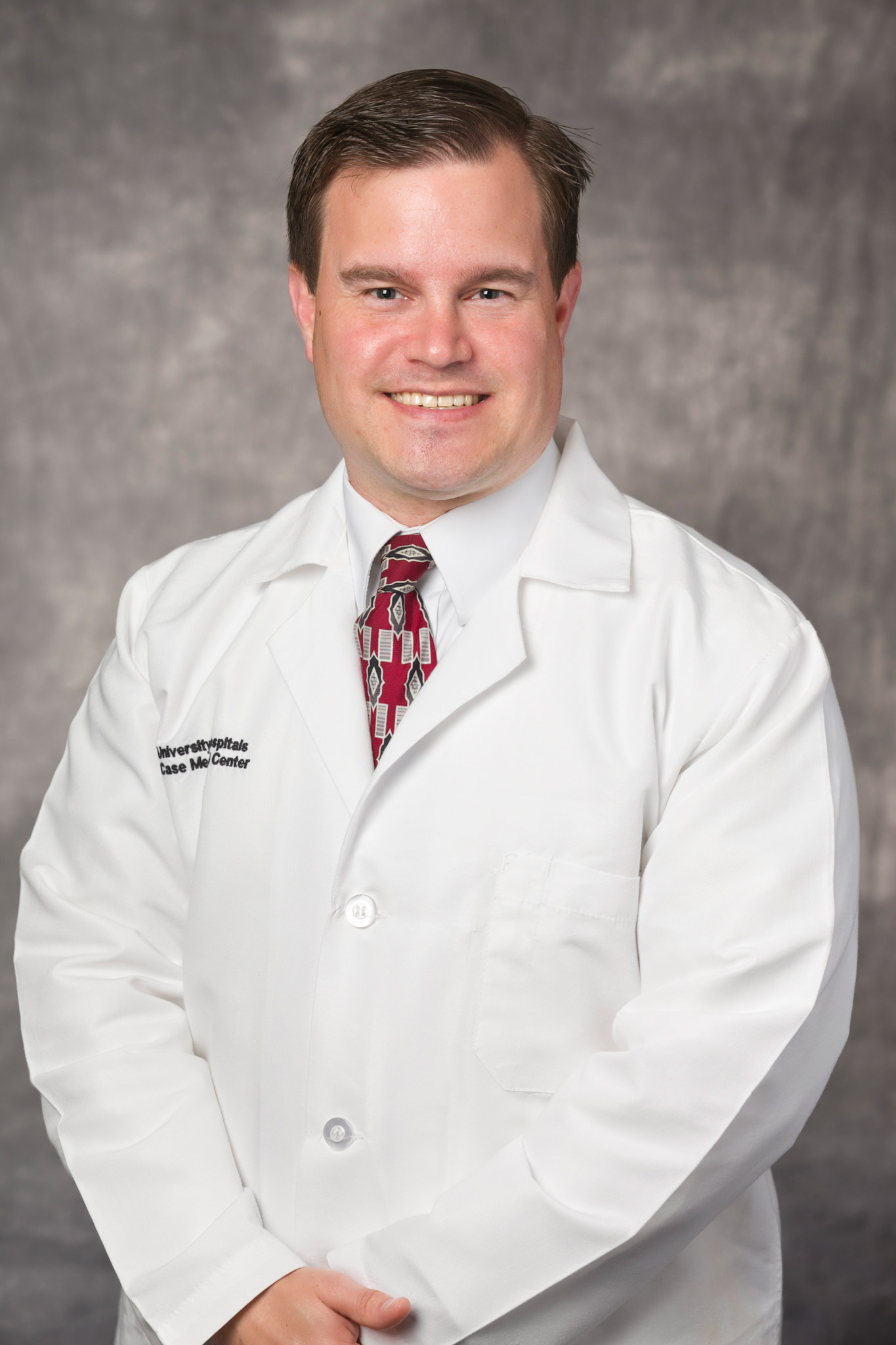Casting a Wider Net
December 31, 2017
Study Uses telemedicine to expand clinical research into CJD
 Brian Appleby, MD
Brian Appleby, MDUH Neurological Institute | Winter 2018
Neurologists at University Hospitals are studying whether telemedicine can help them learn more about Creutzfeldt-Jakob disease (CJD) while also improving their ability to help practitioners nationwide manage patients who have this rare, fatal condition.
In April 2017, the National Prion Disease Pathology Surveillance Center (NPDPSC) at Case Western Reserve University School of Medicine and the Department of Neurology at University Hospitals Cleveland Medical Center launched The Teleneurology Assessment Program for Creutzfeldt-Jakob disease. Patients have the choice to participate via telemedicine, through a record review or in person. Offering multiple options allows researchers to investigate patient preferences and to compare diagnostic validity across modalities, explains Brian Appleby, MD, Department of Psychiatry, UH Cleveland Medical Center; Director, National Prion Disease Pathology Surveillance Center, Division of Neuropathology, Case Western Reserve University, Associate Professor of Neurology, Psychiatry, and Pathology, Case Western Reserve University School of Medicine
A key objective of the study is to spread awareness about how to manage CJD, as many neurologists could go their entire careers without treating one of these patients. Debbie Yobs, President of the CJD Foundation Inc., says her organization regularly hears from families who are scrambling to get an appointment with a specialist after receiving news that a loved one’s sudden decline in cognitive abilities and motor skills might be due to CJD.
“When a family gets a diagnosis anywhere in the U.S., the likelihood that they will live near a specialist is remote – and that they will be able to get an appointment quickly is even lower,” Yobs says.
Filling gaps in care
Because CJD is so rare – and many sufferers quickly become too ill to travel (death typically occurs in four to six months) – clinical researchers at NPDPSC are hopeful that telemedicine will allow them to interact with more patients outside of metropolitan Cleveland.
“Right now, our primary source of information about CJD comes from patients who receive autopsies,” Dr. Appleby says. “The only clinical data we get is what we collect from the doctor’s records, which can be scant, or forms that are filled out by the family, which can be incomplete or unintentionally inaccurate.”
All patients enrolled in the study are referred by the CJD Foundation. This greatly increases the likelihood that participants do in fact have CJD, and that they are getting the appropriate follow-up care through the Foundation, Dr. Appleby says.
By partnering with UH for the study, the CJD Foundation can get a patient or concerned family member in front of a specialist to receive a definitive second opinion sooner, Yobs explains.
To date, the CJD Foundation has referred 33 patients to the study. Of those 33 patients, 22 have been deemed eligible for the program and 12 have consented to participate.
Criteria for participation include:
- Cerebrospinal fluid with positive results on real-time quaking-induced conversion testing or tau protein levels in excess of 1150 pg/mL
- Positive magnetic resonance imaging of the brain
- Periodic sharp wave complexes seen on electroencephalogram, or
- Presence of a known mutation with documentation of symptoms.
Once a patient is enrolled, study protocol calls for an initial evaluation, a second visit one month later and then once every two months thereafter, until death. All visits are conducted via telemedicine, unless the patient prefers that they be in person. A post-mortem visit to review autopsy results is offered to the patients’ families, as well.
So far, 18 visits have occurred, with five patients having more than one antemortem visit. Nine patients have undergone autopsies.
Future impact
Yobs says the CJD Foundation is pleased with how the study is progressing – both in terms of families being helped and the scientific data being collected. While her organization supports many scientific research grants annually, most are laboratory-based. This study is the rare chance to support clinical research, she says.
The educational value of the study is also crucial, Dr. Appleby says. With patient approval, researchers are sending letters to the patients’ healthcare providers letting them know that the patient has enrolled in the study and offering to be a resource for CJD management. About 60 percent of providers have taken UH up on that offer, and the subsequent exchanges of information have been mutually beneficial.
Dr. Appleby says he and his colleagues hope the study’s activities will become a standard part of the NPDPSC’s work. In addition, he says studies like this will point to a larger role for telemedicine in neurology clinical research overall.
“Telemedicine lets us cast a much wider net, and that can benefit everyone,” he says.
To refer a patient, call 216-844-2724 or click for more information about the program.
Article written in conjunction with Debbie Yobs, President, CJD Foundation Inc.


